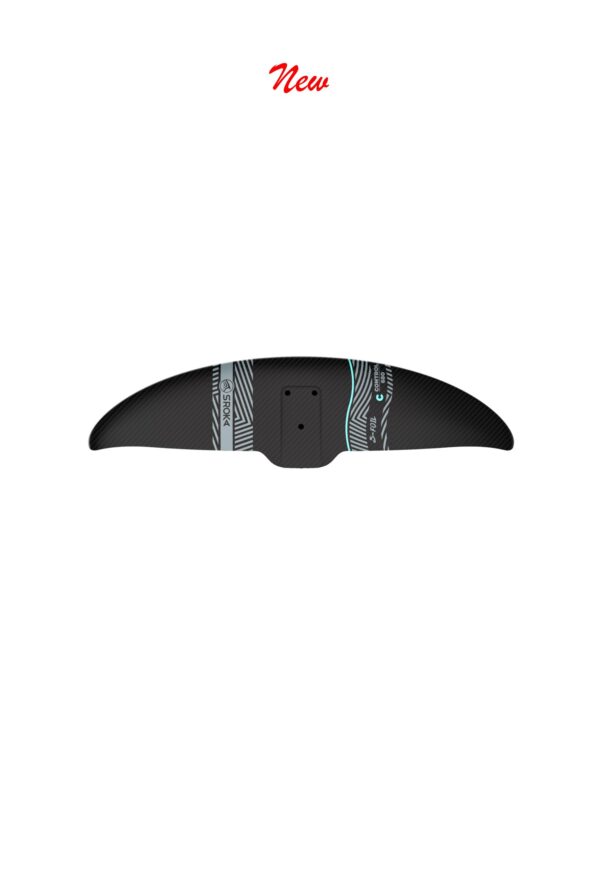
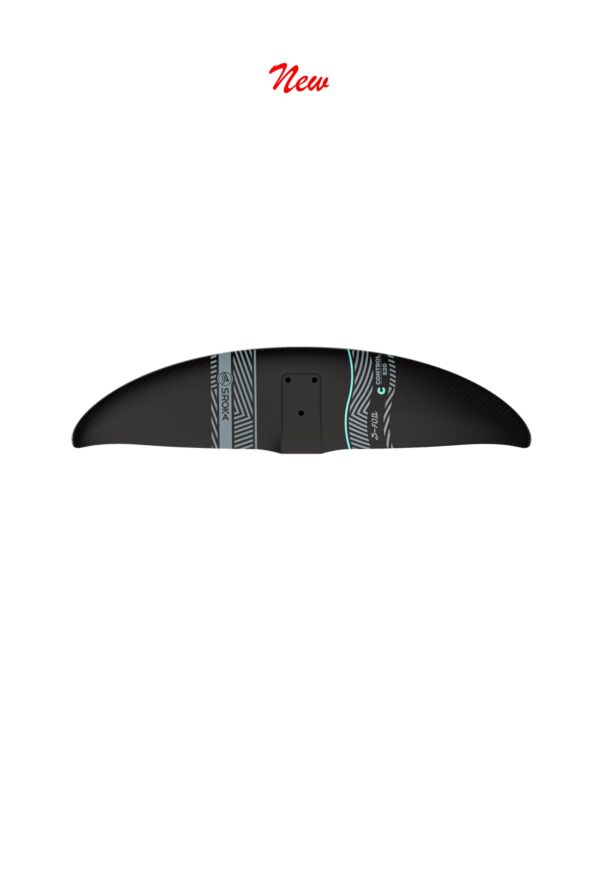
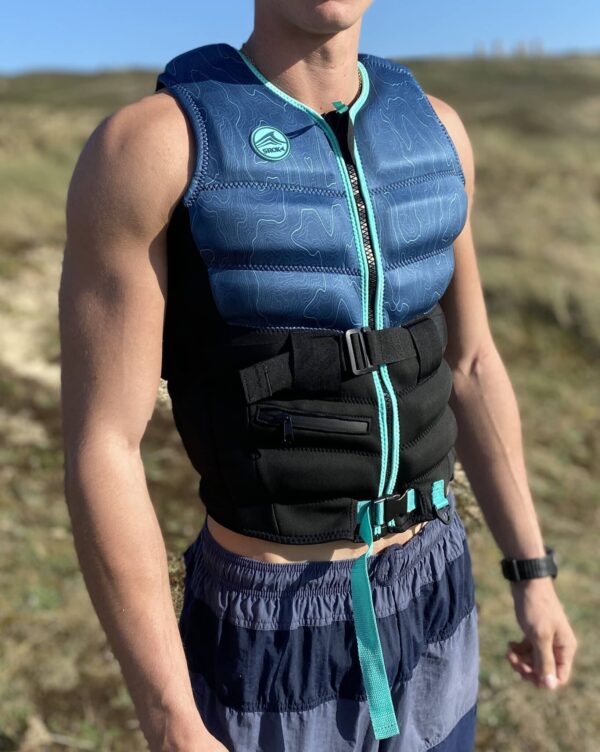

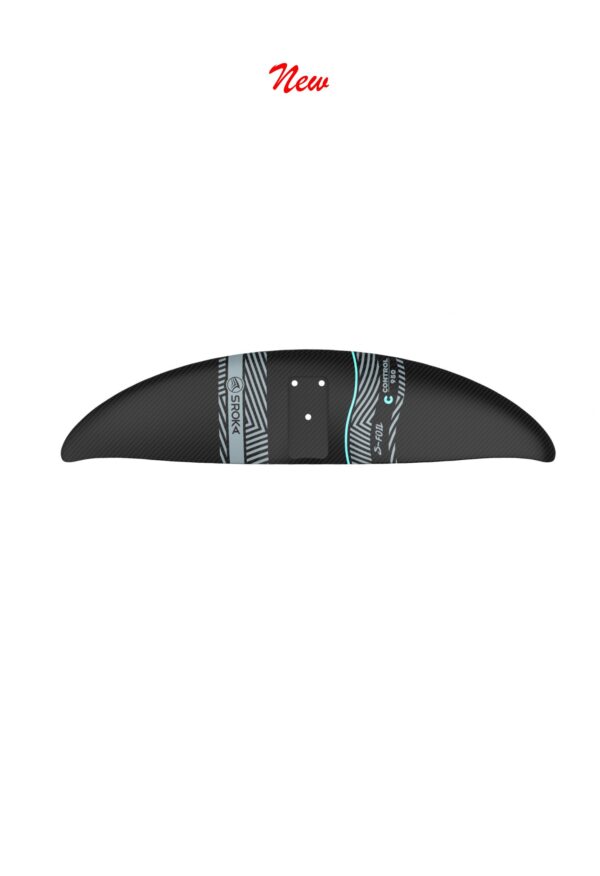
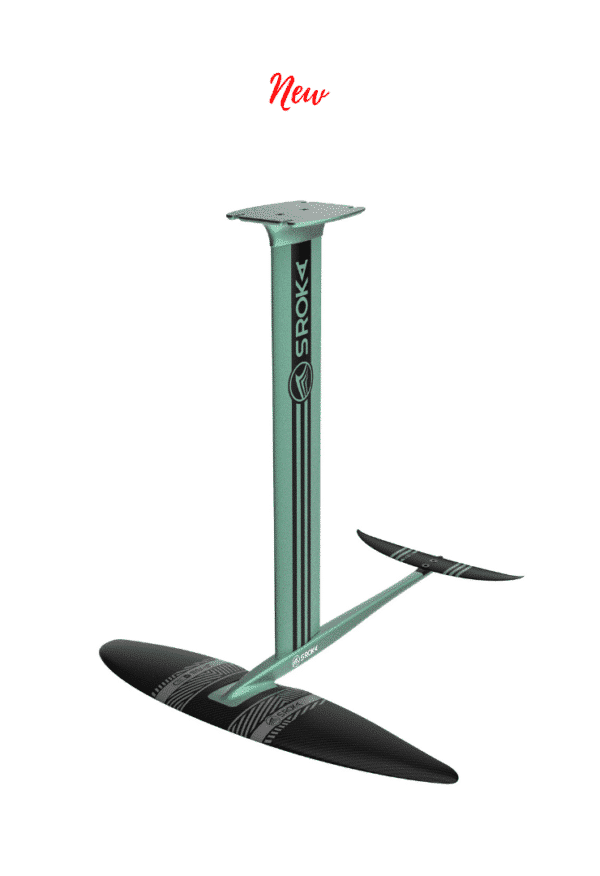
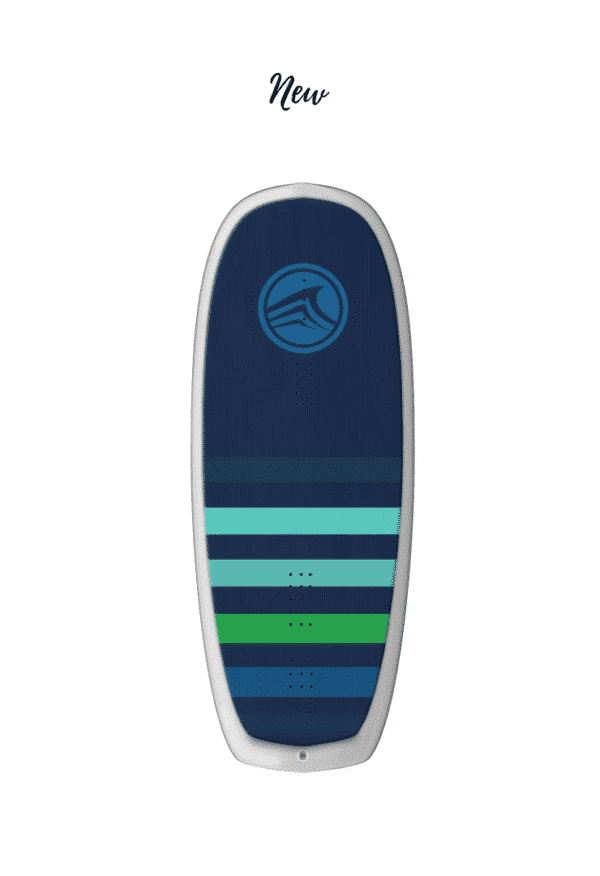
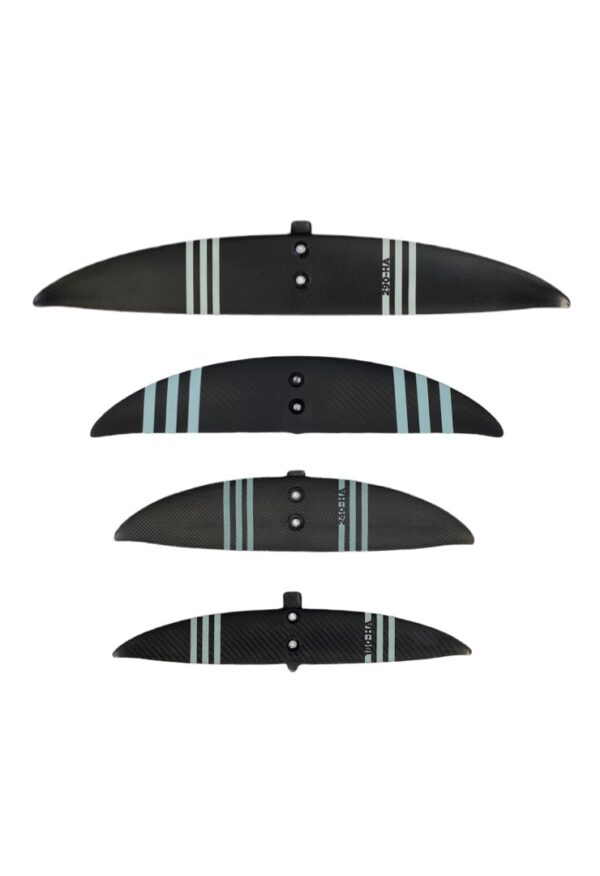
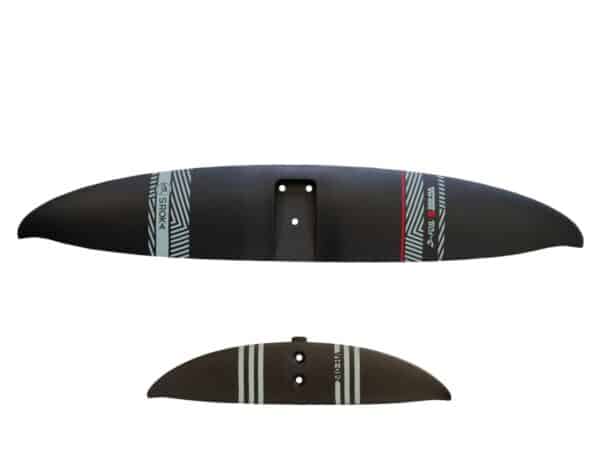
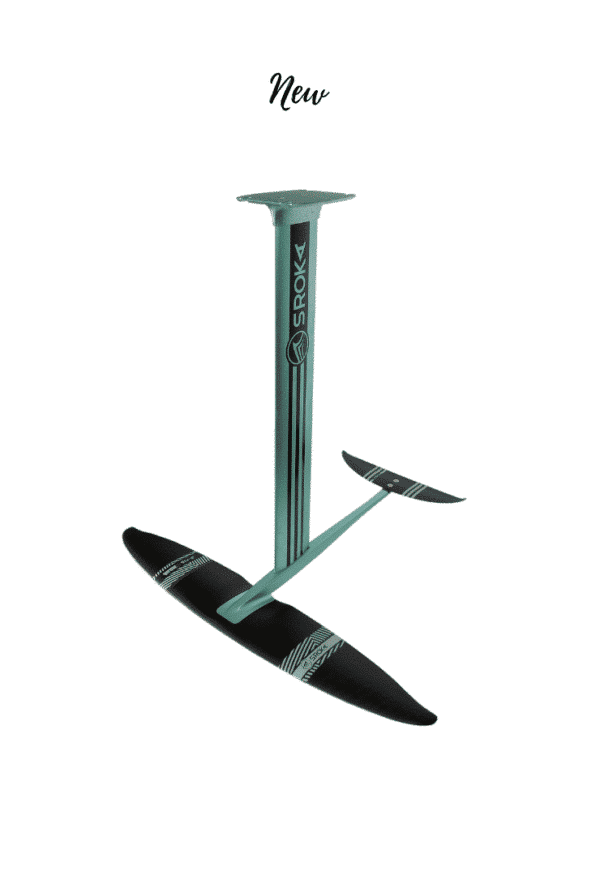

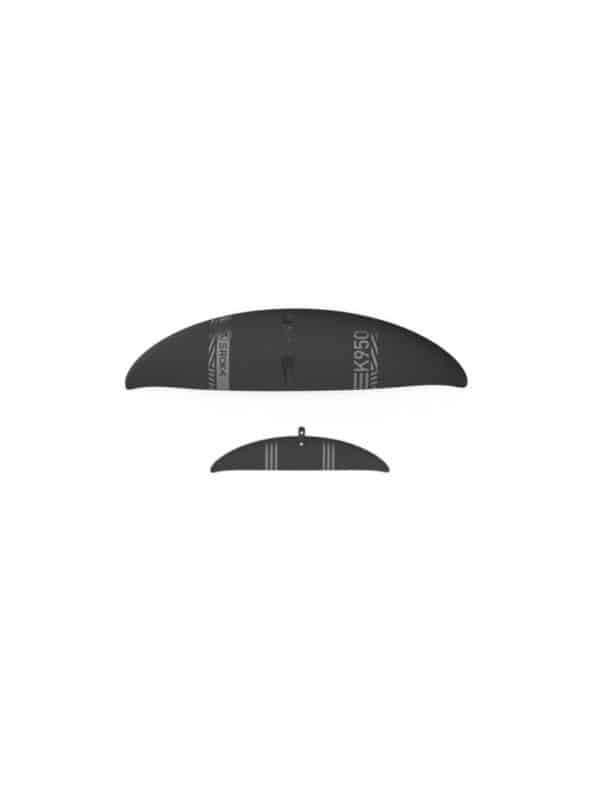
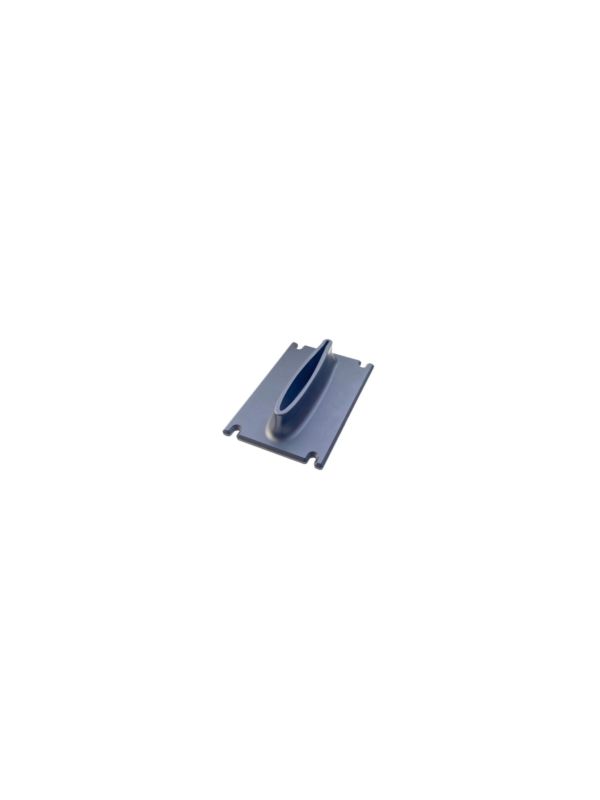
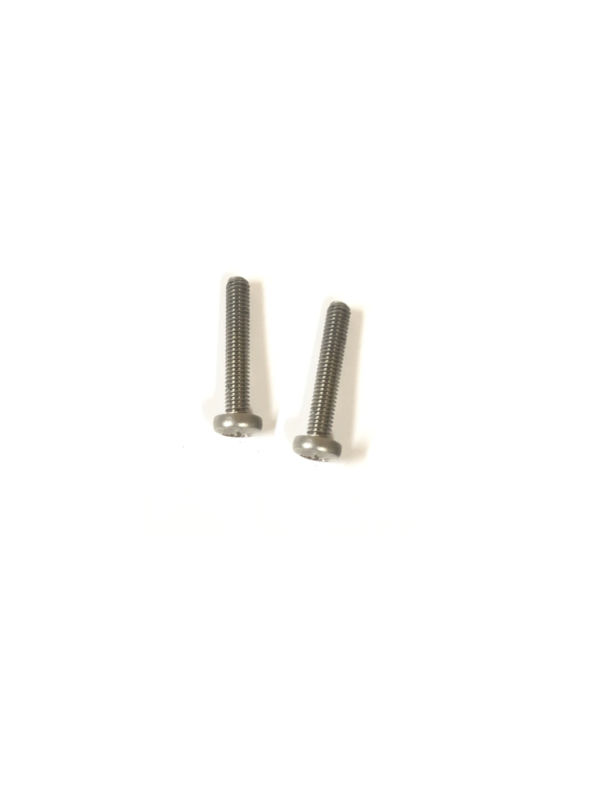
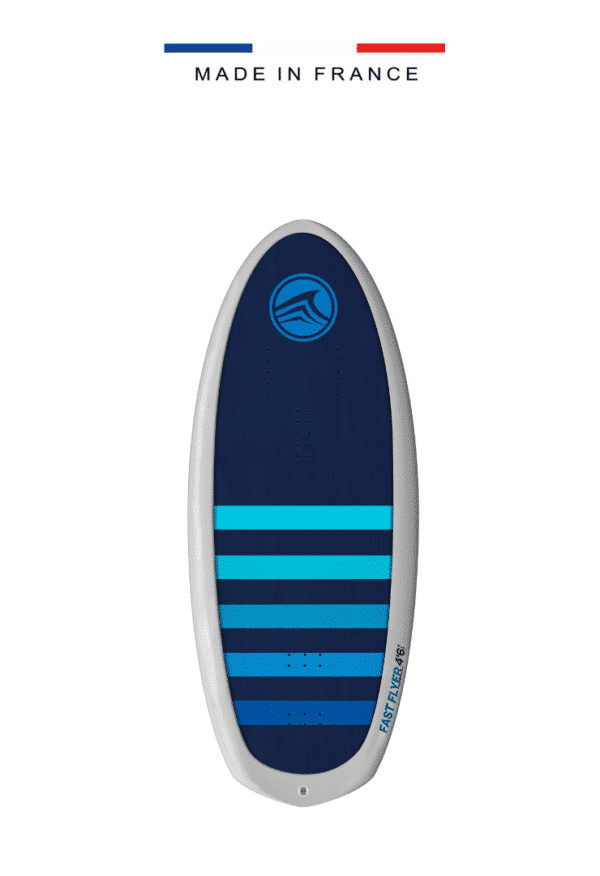

Kitefoil appeared in the early 2000s. It underwent an exciting revolution in the years 2010-2015 and has stabilized ever since. The kitefoil allows you to sail at 6 knots of wind with the help of the kites and allows you to reach speeds of 25 knots easily. It’s an easy way for all kiters to optimize light wind conditions. In addition, mastering kitefoil will be an easy first step for you to learn how to foile and open up to other foiling disciplines.
This sport has been democratized thanks to the media coverage of kitefoilers and kite foil competitions. We’ve all seen his riders curled up on their kitefoil at mind-blowing speeds. Following this media coverage, more and more kitesurfers have taken up kitefoil, creating events and competitions all over the world. Propelling the sport into a new area, by registering it for the Paris 2024 Olympics.
Kitesurfing is a discipline that mixes kitesurfing and foiling. We take the classic use of kitesurfing and add a foil, the kiteboard. The foil, consisting of a mast and a fore and aft wing, creates hydrodynamic lift that elevates the board above the water and decreases drag.
Kitefoil is practiced on specialized boards, often short (1.55m maximum in length) and very small in size. This is possible thanks to the lift offered by the kite. Foil masts are generally between 70 cm (perfect for beginners, offers an easy-to-manage foil and allows less apprehension) and 110 cm (for competitions for example). The front fins range in size from 530 cm2 to 950 cm2. In terms of sailing, it is possible to use your usual kitesurfing sails. For light winds and speed peaks, box wings are often used, which are lighter and more aerodynamic, they offer a better start in the light wind as well as better air penetration and therefore a better upwind.
Kitesurfing, like all water sports and a sport that can be considered potentially dangerous because everything does not depend on us, the parameters of the winds and the body of water are not negligible. It is not recommended to sail in dangerous conditions, very irregular winds, offshore winds or difficult sea conditions. It is important to find out about the weather conditions before going sailing. Also, be equipped for the weather conditions. A helmet, life jacket or impact vest and a wetsuit adapted to local conditions will allow you to protect yourself against shocks and the cold
To kitesurf, be patient! Whether you’re a good kiter or not, learning takes time. Kitefoil lift-off requires a bit of practice and commitment. Unlike kitesurfing, it is important to put the weight on the front and center of the board in order to keep the board in a flat sailing position. Don’t press down on the heels like a twin tip. So keep the board flat to sail stable and comfortably.
The main advantage of kitefoil is that you can sail in light wind, allowing you to increase your sailing ranges and do more and more sessions. In addition, the more familiar you are with kitesurfing, the more you will tend to sail with stronger winds, reducing the size of your front kite or kite. In the wind swell, the kitefoil will allow you to fly on the swell trains following the wind. A feast of sensations.
SROKA SHOP
62 rue de Penhoat – 29850 Gouesnou, France
Timetables
Monday to Friday
9:15 a.m. to 5:45 p.m.
